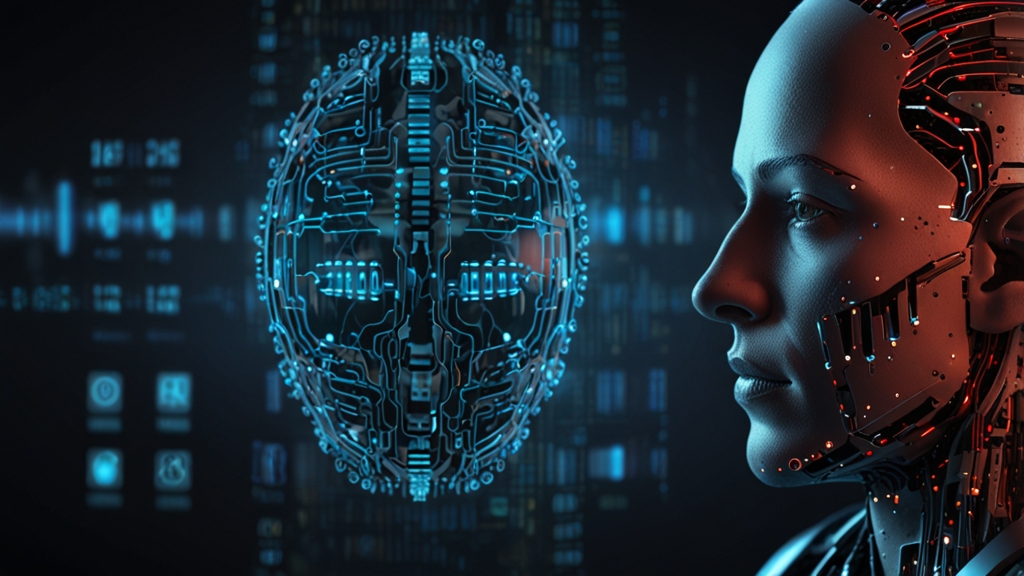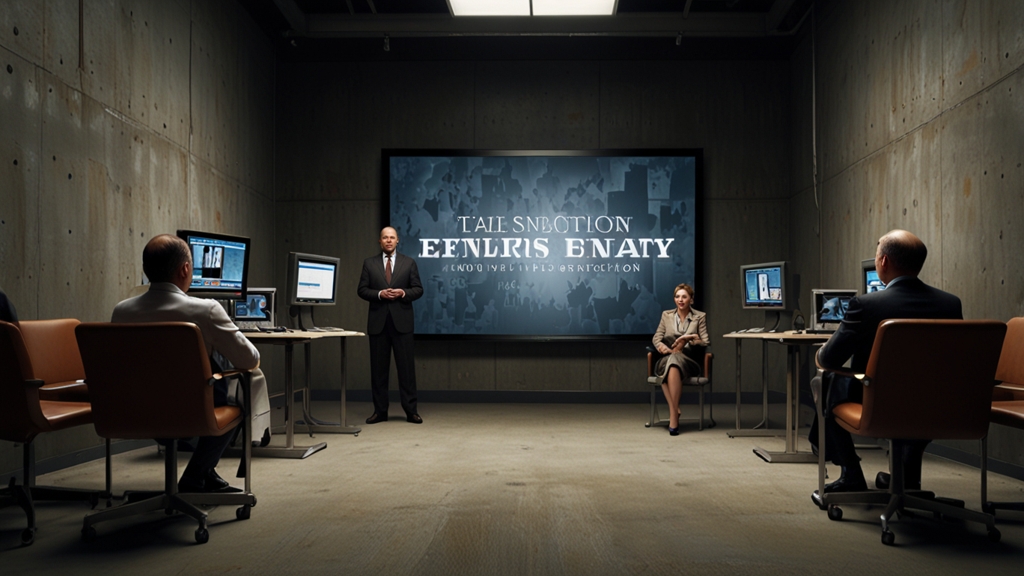From Classroom to Code: Educational Tools That Will Change Everything
In the rapidly evolving landscape of education, the integration of technology has proven to be no longer a luxury but a necessity. As educators strive to prepare students for a world that is increasingly digital, new tools and methodologies are emerging that have the potential to revolutionize how education is delivered, understood, and applied. This article shines a spotlight on the educational tools that could change everything from classroom dynamics to coding literacy.
Interactive Learning Platforms
One of the most impactful advancements in educational technology is the development of interactive learning platforms. Platforms such as Khan Academy, Coursera, and EdX offer a wide array of courses that cater to different learning levels and styles. These platforms provide a more engaging learning experience through interactive content, quizzes, and real-time feedback.
“Interactive learning platforms break the monotony of traditional teaching methods. They engage students in ways that traditional textbooks never could.”
By promoting self-paced learning, these platforms empower students to take charge of their education. This autonomy not only enhances their understanding of the subject matter but also fosters a lifelong love for learning.
Gamification of Education
Gamification leverages the engaging nature of video games to make learning more enjoyable and effective. Tools like Kahoot!, Prodigy, and Minecraft: Education Edition use game design elements to captivate students' attention and motivate them to achieve academic goals.
In addition to making lessons more fun, gamification promotes better retention of information. It introduces elements of competition and rewards, which can help students overcome challenges more enthusiastically and develop problem-solving skills.
AI and Machine Learning
Artificial intelligence (AI) and machine learning are set to transform the educational landscape by customizing learning experiences to meet individual needs. Tools like Squirrel AI and Century Tech analyze student performance data to provide personalized learning paths that target specific weaknesses and strengths.
“AI-driven educational tools offer personalized learning experiences that adapt in real-time, making education more efficient and tailored to each student’s unique needs.”
These tools also offer teachers valuable insights into student progress, enabling informed intervention when necessary. The predictive analytics capabilities of AI can identify at-risk students early, allowing for timely supportive measures to be put in place.
Virtual and Augmented Reality
Virtual Reality (VR) and Augmented Reality (AR) bring an element of immersion that traditional teaching methods lack. Platforms like Google Expeditions and zSpace allow students to explore historical sites, conduct virtual dissections, and travel through the human bloodstream—all from the safety of their classroom.
AR and VR provide experiential learning opportunities that can deepen understanding and stimulate curiosity. These technologies make abstract concepts tangible and facilitate a deeper connection with the material.
Code Learning Platforms
As coding becomes an essential skill in the digital age, platforms like Codecademy, Code.org, and LeetCode are invaluable. These tools offer interactive coding lessons that guide students from the basics to advanced programming concepts.
Such platforms often feature real-world projects, instant feedback, and a collaborative environment where learners can share code and solve problems together. This approach not only teaches coding but also critical thinking, logic, and creativity.
“Code learning platforms democratize education by making high-quality coding instruction accessible to anyone with an internet connection.”
The Road Ahead
The advent of these educational tools marks the beginning of a new era in teaching and learning. As technology continues to evolve, these tools will become more advanced and integrated into the everyday classroom. The possibilities are endless, and the potential to enhance education is boundless.
It is imperative for educators, policymakers, and developers to embrace these tools, considering how they can be effectively incorporated into curricula. With the right balance of traditional teaching methods and innovative technologies, we can prepare students not just for the future, but to be leaders in shaping it.









